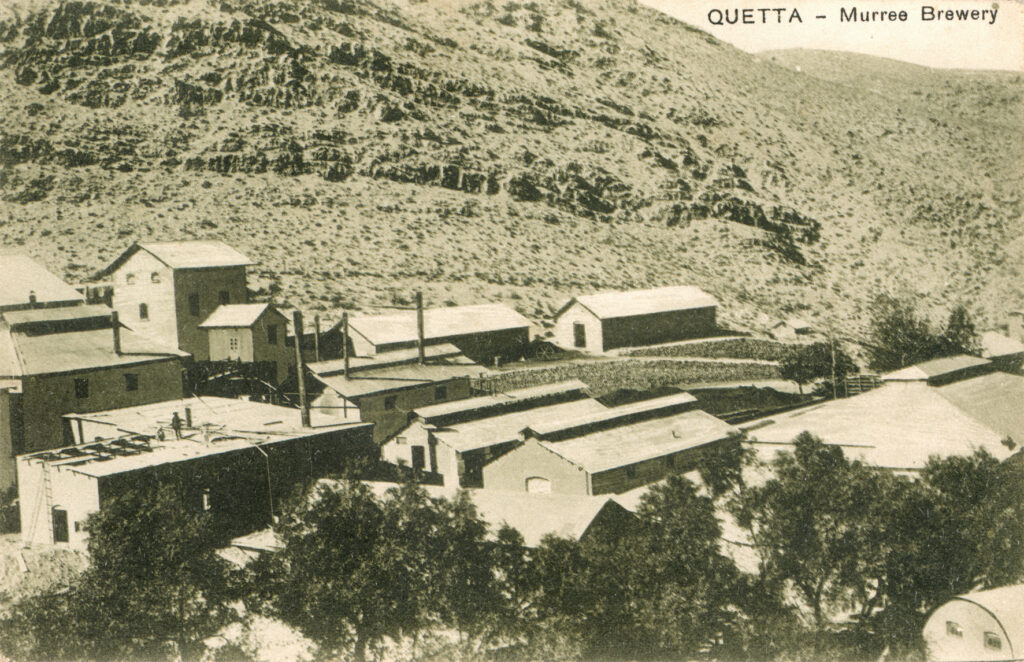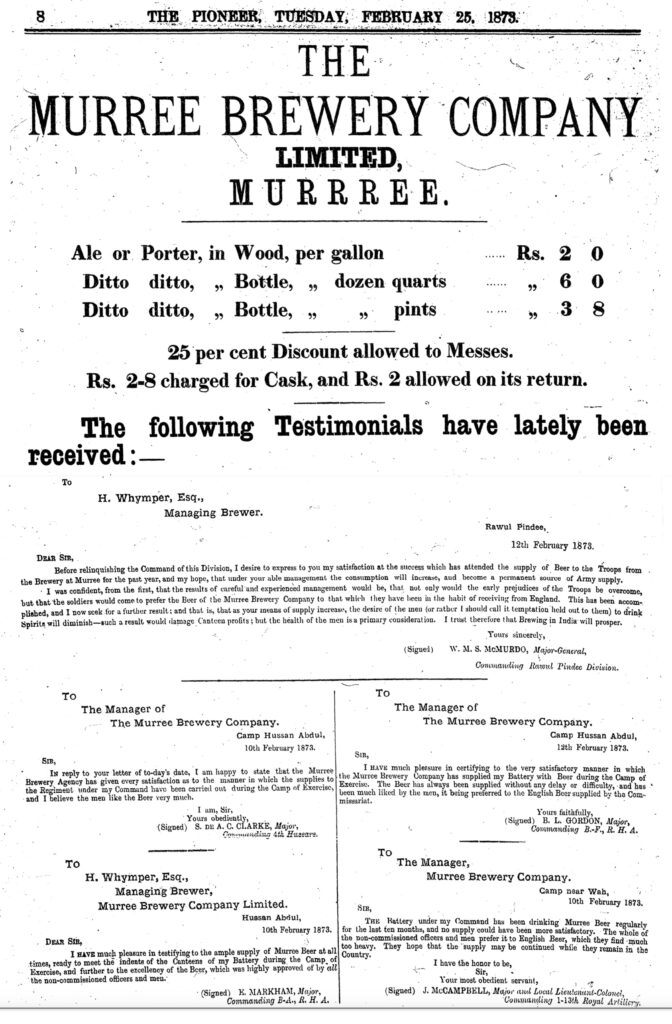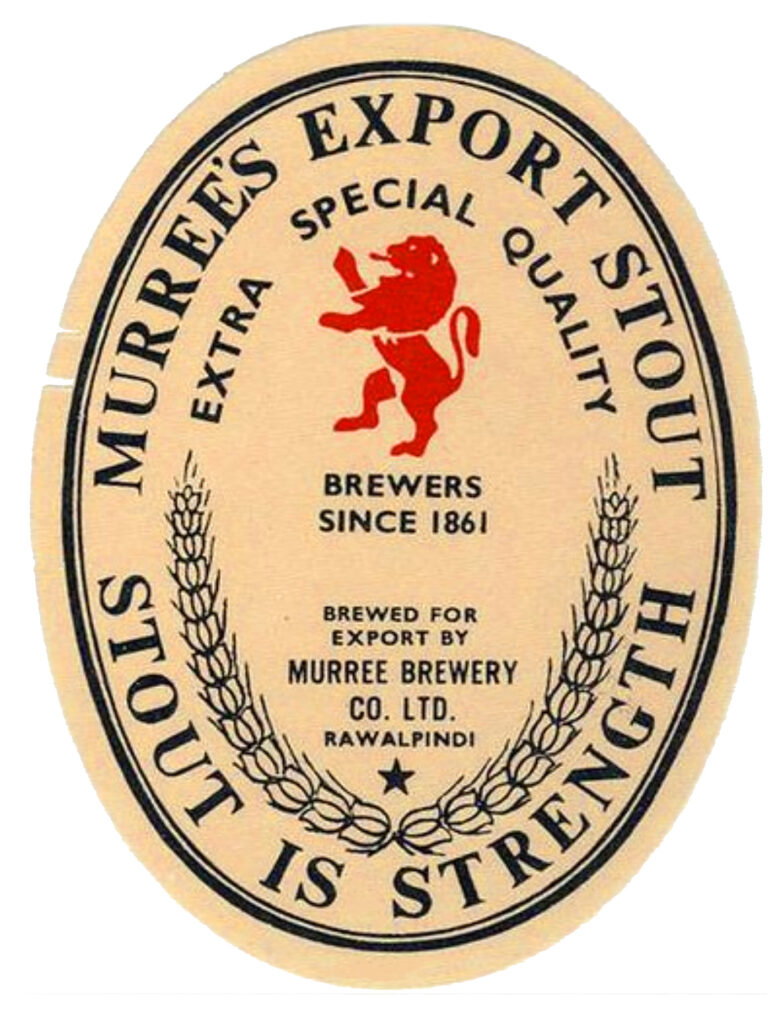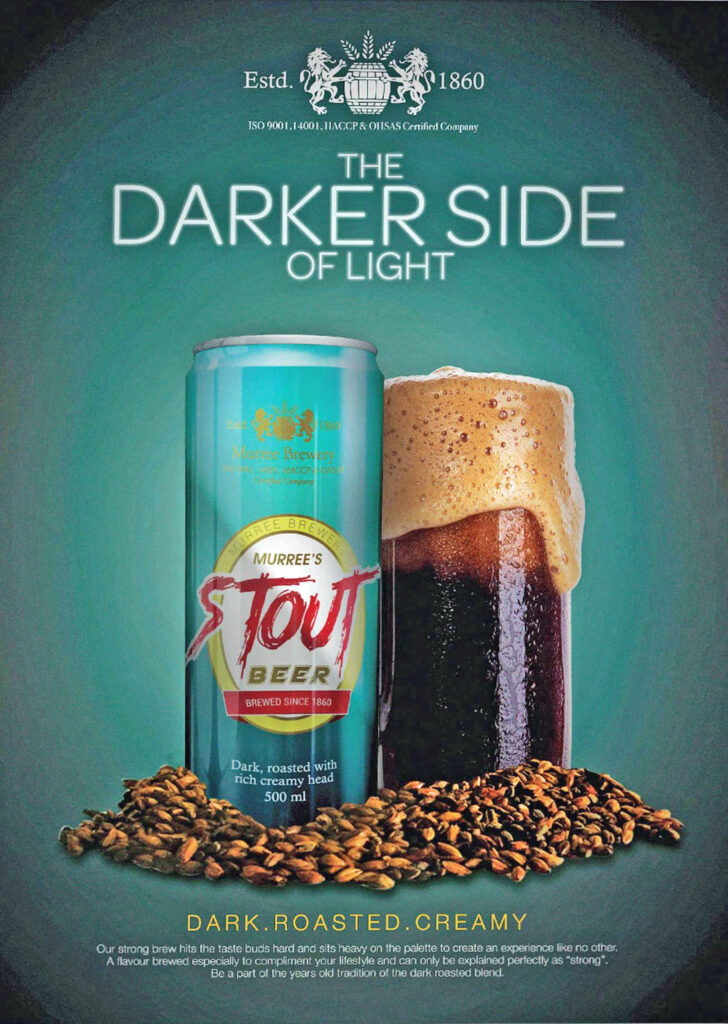Breweries can be deadly places: invisible, choking gases, boiling liquids, whirling machinery, fires, falls from great heights for the unwary. But no brewery can have offered more ways to die unpleasantly than the one in what was British Baluchistan, from deadly diseases to murderous tribesmen to devastating earthquakes.
The brewery was opened in 1886 by the British-owned Murree Brewery Company just outside the village of Kirani (or Kerani), 5,640ft/1,720 metres up on the slopes of the Chiltan range of mountains, four miles to the west of Quetta, capital of Baluchistan, and 750 miles from Rawalpindi, on what was then the north-west edge of British India. The town had only come under British control ten years earlier, but was strategically important as a guardpost on the road into and out of Afghanistan, and the Quetta cantonment grew to cover 15 square miles, the home of two British infantry regiments and other military units. The brewery company paid a local landowner 12,000 rupees for the right to use a spring below the base of the mountains for brewing water. Because the brewery was built on the side of the hills, most of the production flow was gravity-powered, though the spring water had to be pumped to the top storey.

The Murree Brewery Company had been founded in 1860 by a group of army officers and civilians to brew in Murree, a British Army sanatorium town in the north-east of the Punjab and 30 miles from Rawalpindi, on a site 6,100ft/1,865 metres up, and thus cold enough to allow brewing to take place at a time when effective refrigeration was not yet available. The company hired a young brewer named Henry Whymper in 1866 from Burton upon Trent, and Whymper proved to be both an excellent brewer and an excellent manager, steering the Murree Brewing Company to first place among half a dozen or so British-run brewery companies in India supplying ale and beer to British troops and British expats. By1886 it was running six breweries on the sub-continent, at Murree; Kasauli, also in the Himalayan foothills; Nuwara Eliya in Ceylon; Bangalore, in Mysore; Ootacamund, in the Nilgiri Hills, South India; and Quetta.
The Quetta brewery must rank as one of the most difficult postings of any brewer’s career. According to Henry Whymper the sun was “so intensely hot, even in the winter months, that a brewer has to wear a sun helmet whilst at the same time he has to clothe himself in a fur-lined coat to protect himself from the biting cold which there is in the shade … The cold which is occasionally experienced is too great to make it safe to employ much steam power, and although the Company, in the first instance, erected a steam plant, it had to be replaced by the open boiling system; pipes, pumps, and injectors, steam pressure gauges, and blow-off cocks were all frozen up, and burst in the most impartial manner.”
The weather was not the only problem. Disease, including dysentery, cholera and typhoid fever, was common in the district: Agnes McGowan, the wife of the Quetta brewery manager, died from typhoid in August 1891. One August evening in 1899 the brewery was attacked by a band of 25 to 30 armed raiders later identified as Brahui tribesmen from Kalat to the south. Five brewery workers, including coopers and carters, were killed immediately, “being shot or hacked to pieces,” with six more dying of their wounds later. The raiders were apparently scared off only after the brewery manager, Mr Stranack, caused the brewery bell to be rung as an alarm. After the raid, arms and ammunition were issued to the brewery staff in case of a repeat attack, barbed wire was placed around the premises, and the workers’ quarters were surrounded by a high wall with a guarded entrance.

The attack did not hold back the brewery’s growth: output of “all kinds of ale and stout” rose from an average of 6,730 imperial barrels a year in the 1890s to 9,645 barrels in 1903. Around 100 workmen were employed at the brewery, with the skilled workers a mixture of Sikhs, Hindus and Muslims from the Punjab, all earning more than they would have done at home. The brewery used 9,000 “maunds” (300 tons) of locally grown barley, and 12½ tons of hops, imported from England, California and Bavaria. More than 60 per cent of the beer produced was sold to the military, but by 1903 the brewery was selling its ales and stout as far away as Hyderabad and Karachi, some 340 to 360 miles away over the mountains.
A new 50-quarter maltings was erected in 1904: the dry climate of Quetta proved extremely suitable for malting, but it was impossible to malt during the summer “owing to the exceedingly high temperatures.” During World War One the brewery was “strained to its utmost capacity” to meet the requirements of the “abnormally large” number of British troops stationed in Sind and Baluchistan, despite its by now 20-quarter plant, fitted with “thoroughly up-to-date machinery and plant,” being able to turn out between 1,000 and 1,200 hogsheads a month during the cold season, though output saw “a considerable reduction” from May to early September, when “the water attains too high a temperature”. In 1920 the brewery was making pale ales, champagne ale (“a liquor of light gravity”) and stout for bottling, as well as ales “specially suitable for canteen and private customers”.

The brewery’s end came in the early hours of May 31 1935, when Quetta was hit by a massive earthquake estimated at 7.7 Mw. Some 20,000 of its inhabitants are believed to have been killed, including brewery employees, much of the city was left flattened, and many of the surrounding villages destroyed. The brewery site was among the multitudes of buildings left in ruins, and the Murree Brewery Company declined to rebuild it.
By now the Murree Brewery Company had concentrated its brewing efforts in the brewery at Topi, one mile outside Rawalpindi, that it had opened in 1889. After the birth of the new Muslim state of Pakistan, British and Hindu directors of the company left the country, and brewing ceased temporarily at the Rawalpindi brewery. But the new owner of the Murree Brewery Company, a member of the Parsi religious minority named Peshotan Dhanjibhoy Bhandara, who bought enough shares to take control by 1949 after having been distributor for the company’s beers, was determined to keep going, and production of beer and spirits eventually restarted.
Bhandara died in 1961, and the company passed to his son Minon. The brewery was closed down for two years in 1977-9 by the Pakistani government in an attempt to appease Islamic hardliners, but a court ruled that, with the owners being Parsis, the closure contravened minority rights. Minon Bhandara died in a car crash in 2008, and the company is now run by his son, Isfanyar Bhandara.



Love the detail and thoroughness of your writing. You’re definitely one of the best beer writers/historians. Your fact checking skills could be used across the pond.
“one of”?
Touché.
OK, I have seen some dangerous practices in breweries I’ve work at but this does beat them.
Holy Crap! I am great full to all of the people that made my consuming beer easy at this stage, For I am 60 and I’ve been in the beer business with all of it’s energy, passion and battles. As always, Martyn you are a beacon to a weary sailor looking for a safe harbor. Thank You!
Love these history lessons from around the world.